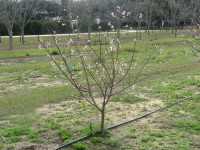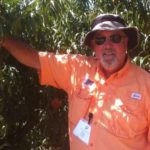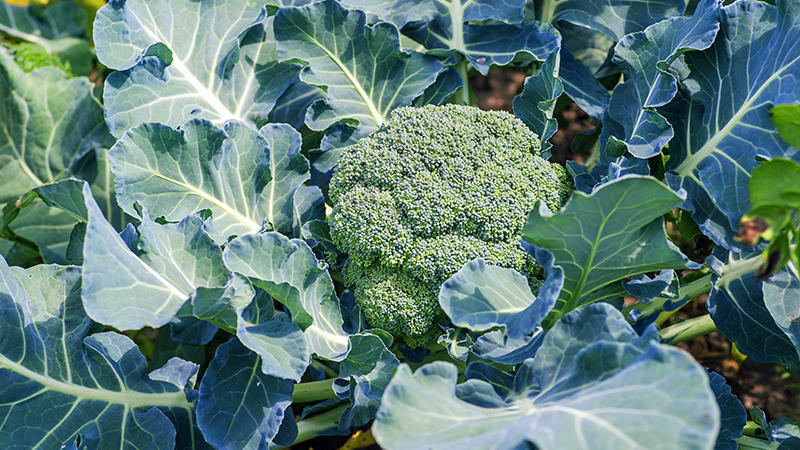Site Selection Solutions For Peaches

The release of improved low-chill peach cultivars from the UF/IFAS stone fruit breeding program has increased the potential for establishing a commercial peach industry in Florida. These cultivars ripen when supply from South America has ended and before Georgia and California begin harvest, creating a potential marketing opportunity for growers. Choosing the proper site for an orchard location is the most important decision for a potential grower and their enterprise to be successful.
Cold Calculation
Peaches are a deciduous fruit crop, thus they lose their leaves in the winter and go through a dormant period. Deciduous fruit crops typically have a chill requirement that should be met to have the optimum potential flowering and fruit set. Chill units are determined by adding together the number of hours that temperatures are between 32°F and 45°F in one night. One hour between these temperatures equals approximately one chill unit. You can consult the AgroClimate website (Agroclimate.org) “Chill Hours Tool” to find current and historical chill unit accumulation. Since most low-chill peach cultivars typically bloom from late January to early February, chill accumulated from October to January is most important for meeting the chill requirement.
Low-chill peach cultivars with non-melting (firm flesh) versus melting flesh (soft flesh prone to physical damage) cultivars are the best choice for shipping over significant distances. Although melting flesh cultivars are not well suited for shipping long distances, they can be utilized in local marketing strategies.
Fruit development period (FDP) is the length of time from fruit set to harvest. This value is very important in determining the approximate harvest date for particular cultivars. It is not uncommon for peach cultivar A to flower after peach cultivar B, but due to a shorter FDP, cultivar A would have harvestable fruit before cultivar B. The UF/IFAS EDIS document entitled “Florida Subtropical Peaches: General Concepts and Cultivars Recommended for Grower Trials” (edis.ifas.ufl.edu/hs342) is an excellent reference to find information on chill requirements and FDP for Florida low-chill peach cultivars.
Varieties grown in North and North-Central Florida may not produce a commercial harvest in the optimum Florida marketing window for shipping peaches, occurring from the beginning of April to the first week of May. It is essential to consider this factor, especially if you plan to ship to wholesale markets. This consideration may not be as important for local marketing opportunities.
Dry Feet And Cold Pockets
Peaches should be planted in a site where drainage is excellent and the possibility of standing water accumulating for even a very short period of time is very low. Sites where citrus has been produced on the Central Ridge of Florida are generally considered good locations to establish a peach orchard. In South Florida or other areas with flatwoods soils that may have restricted water infiltration through the soil profile, bedding is required to facilitate the drainage of excess surface water.
Since peach blossoms are subject to freeze damage, a site with good cold air drainage should be chosen and known “cold pockets” should be avoided. During radiation freeze events (no wind and clear skies) cold air settles near the ground and will “flow” to the lowest point in the site, resulting in cold pockets. Alignment of tree rows can affect cold air drainage and should be taken into consideration during orchard design.
The optimum soil pH for peach production is 6.5. Soil amendments may be necessary to adjust soil pH to the optimum range.










